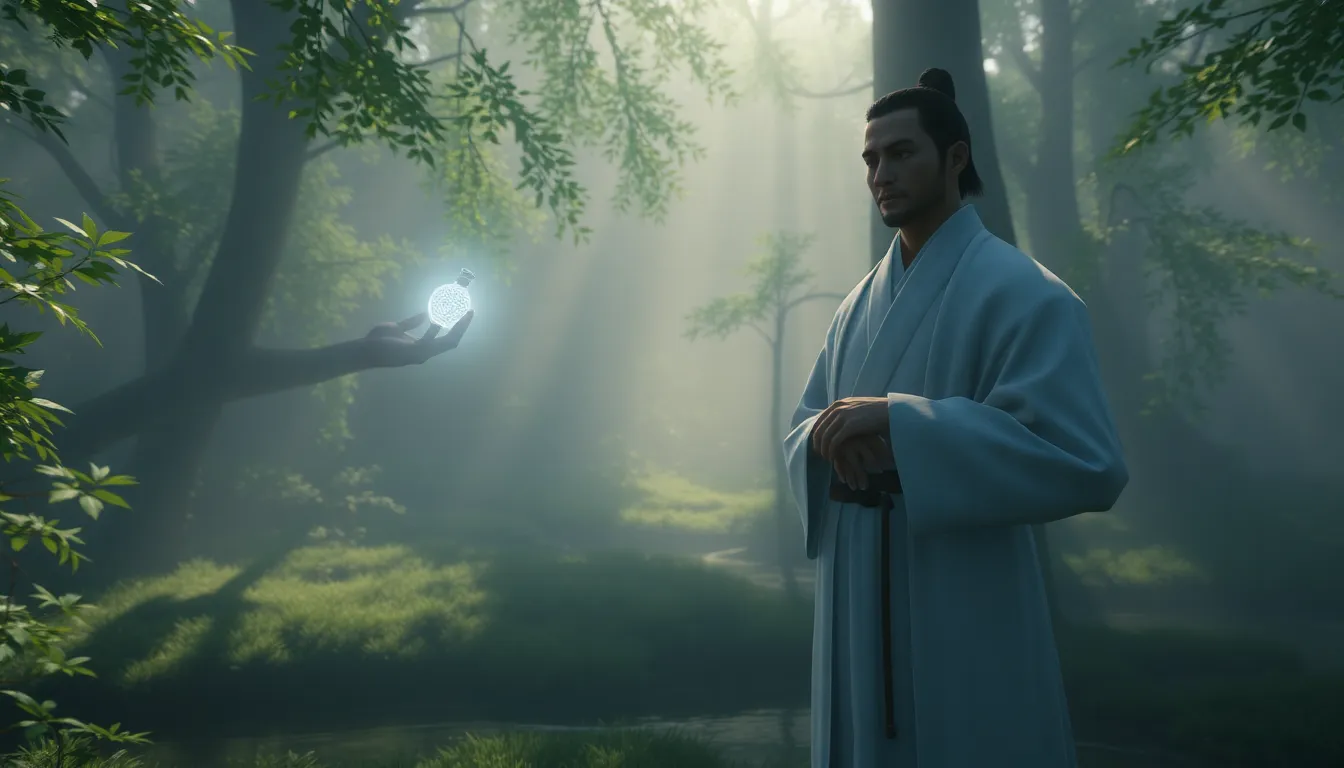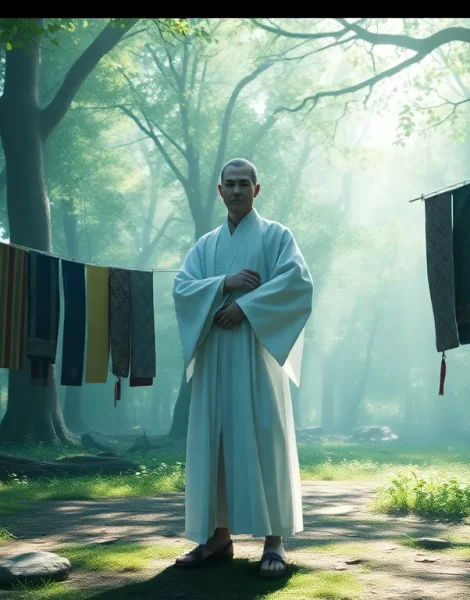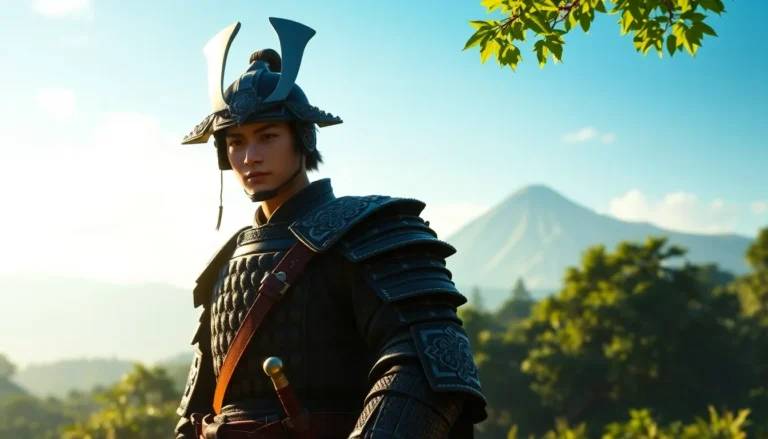In the breathtaking world of Ghost of Tsushima, players encounter a host of vibrant characters, but none are quite as enigmatic as the White Dye Merchant. Known for his striking appearance and eerie aura, this merchant offers more than just a splash of color for Jin Sakai’s armor. He stands as a reminder of the ghostly folklore that permeates Japanese culture and the deep-seated themes that lie within this sumptuous game. Ever wonder about the story behind this mysterious figure? Stick around as we jump into the colorful, mysterious life of the White Dye Merchant, who he is, what he means to the game, and how he ties into the larger narrative. Spoiler alert: it’s not just about looking fabulous on the battlefield.
Table of Contents
ToggleUnderstanding the Story Behind the White Dye Merchant

The White Dye Merchant is shrouded in mystery, just like much of the game’s folklore. Players discover him shortly after experiencing the tragic events that lead to the rise of Jin Sakai as a samurai. This character is thought to be a ghost, a representation of the past that pulls at Jin’s conscience. Curiously, he appears only at certain times and places, which can make encounters with him feel nearly divine.
Much like his dyes, which transform simple armor into vivid art, this merchant transforms the player’s understanding of loss and honor. His story is deeply entwined with the main quest, acting as a kind of moral compass for Jin, guiding him with whispers of his past. This character challenges players not only to choose colors but to choose paths, should Jin embrace the way of the samurai or forge his own path as the Ghost?
The Role of the White Dye Merchant in the Game
In Ghost of Tsushima, the White Dye Merchant serves as a symbolic character, an embodiment of change. He allows players to customize their armors with white dye, which can signify purity, loyalty, or even the weight of loss. Each interaction with him offers a brief respite from the chaos of the Mongol invasion, an opportunity to reflect upon choices made throughout the game.
His presence also highlights the importance of aesthetics in the game, where visual elements play a key role in gameplay and story. After all, who wouldn’t want to look good while battling foes? Beyond aesthetics, the White Dye Merchant serves a more substantial purpose: he prompts Jin to confront his identity. The interaction so becomes a layered experience, inviting players to think beyond mere cosmetic alterations.
Interactions with Jin Sakai: Gameplay Mechanics
When players engage with the White Dye Merchant, they find themselves immersed in simple yet effective gameplay mechanics. Through these interactions, they can unlock new dye options based on how much they’ve progressed in the game. More than just an upgrade, choosing a dye often has emotional significance, making players consider their actions and the resulting consequences.
For instance, each time Jin alters his armor’s color, it acts as a metaphorical brushstroke on the canvas of his evolving identity. Those aiming for stealth might favor darker hues, while those embracing their warrior spirit might select bright, bold colors. The act of dyeing armor symbolizes an adaptation to the surroundings, a constant evolution in response to challenges faced. Jin’s journey through the world often mirrors the diversity of choices provided by the White Dye Merchant’s offerings.
Significance of Dye Colors in Ghost of Tsushima
Dye colors in Ghost of Tsushima serve not only as mere cosmetic choices but also as reflections of deeper themes in the game. The White Dye Merchant embodies this by offering a hue that stands out among the palette of choices available. White dye, often associated with purity and noble intentions, allows players to express a facet of Jin’s personality that contrasts with his darker deeds as a ghost.
Also, each color has associations, weaving a complex narrative. For example, red may symbolize bloodshed, while blue might represent tranquility. The colors carry cultural significance, reflecting values held in Japanese society. This gives players more than just a visual upgrade: it enriches the gaming experience, allowing them to engage with the narrative on both emotional and philosophical levels.
Exploring the Folklore: Ghosts in Japanese Culture
Japanese folklore is rich with supernatural tales, and ghosts, or yūrei, are integral to its narrative fabric. The White Dye Merchant can be seen as a representation of these ghostly figures, embodying themes of love, loss, and unresolved conflicts. In traditional storytelling, yūrei often seek closure or attempt to communicate their unresolved grievances: similarly, the merchant serves as a reminder of Jin’s past and the sacrifices he has made.
The presence of yūrei in the game enriches its narrative, creating an atmosphere of melancholia and introspection. Players begin to understand that every encounter serves a purpose, pushing them to confront not just their choices but also the very essence of honor and betrayal that forms the backbone of Jin’s journey.
Thematic Elements: Honor, Betrayal, and Redemption
The central themes of Ghost of Tsushima intertwine honor, betrayal, and redemption, making the White Dye Merchant’s presence particularly poignant. As players guide Jin through his moral quandaries, the merchant’s haunting echoes of past regrets and noble intentions reflect the struggles within.
For instance, as Jin chooses the ghostly path, often seen as a betrayal of samurai values, the interaction with the White Dye Merchant highlights the contrast between duty and personal choice. The merchant symbolizes the weight of these decisions, serving as a nuanced reminder of what has been lost in the pursuit of vengeance. Each dye choice can be interpreted as an opportunity for redemption, allowing players to pause and reflect on their motivations and the broader implications of their actions.









